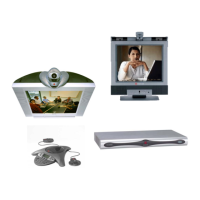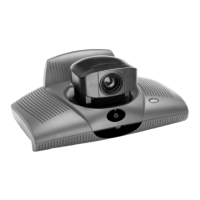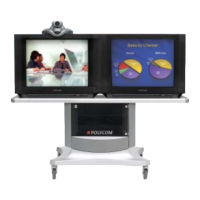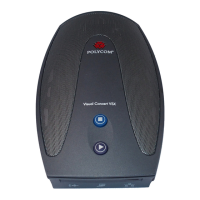F01MACROL112,MUTEI*0
F01MACROL112,GAINI*0
F01MACROL112,MUTEO*0
F01MACROL112
8.83. MACROQ -- Execute Macro Quietly
This command executes the macro corresponding to the specified number. The macro must have been
previously defined and stored in non-volatile memory via the
MACROS, MACROA, and MACROW commands. If the
specified macro is empty, then an error condition of ERROR#070 will be generated.
When the MACROQ command executes, status messages for all of the commands in the macro will not be
generated. The MACROQ is provided so that a control system can execute a macro and not generate heavy data
traffic from the resulting status messages. Of course, this assumes that the control system is not interested in
any of the acknowledgements. The
MACROX command can be used to execute the macro without suppressing
status messages.
Example Description Status Message
F01MACROQ125
Execute macro number 125 without generating any status messages.
F01MACROQ125
8.84. MACROS -- Start a New Macro
This command is used to start writing a new macro with a specified macro number. This command is used in
conjunction with the
MACROA and MACROW commands to create a new macro. If this command is sent while
another macro is in the process of being written (before the
MACROW command is sent), then the macro in
progress will be deleted and the new one will be started.
See the description of the
MACROA command for detailed information on creating macros.
8.85. MACROW -- Write Macro to Non-Volatile Memory
This command writes the macro that is currently being defined to non-volatile memory. This command is used in
conjunction with
MACROA and MACROS to create a new macro. If this command is sent when no macro is in
progress (i.e., if a
MACROS command has not been sent) or if the macro number sent with this command does
not match the number of the macro in progress, then an error will be returned.
See the description of the
MACROA command for detailed information on creating macros.
This command is saved to global non-volatile memory and is not part of a preset. Its value is saved each time it
is changed. It will retain its value after power-down. Since this command writes to non-volatile memory, there
will be a delay before an acknowledgment is returned.
8.86. MACROX -- Execute Macro
This command executes the macro corresponding to the specified number. The macro must have been
previously defined and stored in non-volatile memory via the
MACROS, MACROA, and MACROW commands. If the
specified macro is empty, then an error condition of ERROR#070 will be generated.

